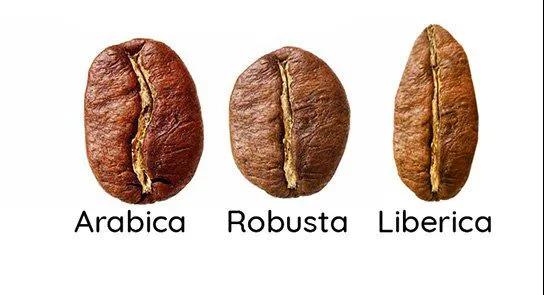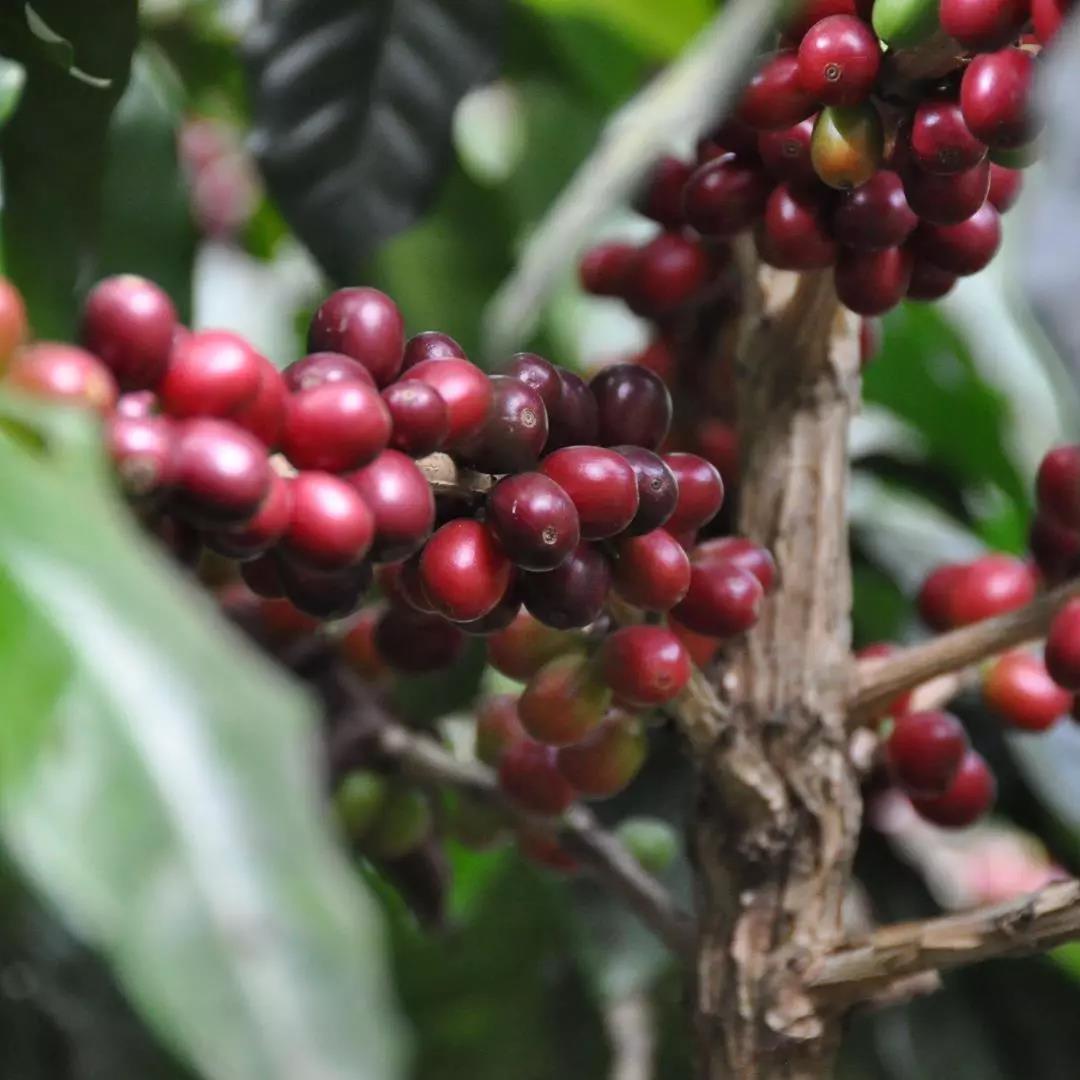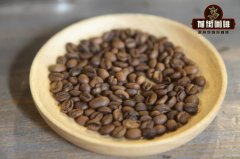Introduction of four kinds of coffee beans and their flavor and taste characteristics comparison of caffeine content in coffee beans
How often do you drink coffee? Have you ever stopped to think about how there are so many different types of coffee beans or where they come from? if you are a coffee lover, take a closer look at the main types of coffee beans on the market with you in order to really appreciate the coffee front street. The four main types of coffee are Arabica coffee, Robusta coffee, Exeza coffee and Liberian coffee, which have completely different taste characteristics.
Arabica coffee beans are by far the most popular type of coffee beans, accounting for about 60% of the world's coffee.

These delicious coffee beans originated in the Ethiopian highlands centuries ago, and may even be the first coffee beans in history! The name Arabica coffee may have come from the popularity of Arabia (present-day Yemen) in the 7th century. The disadvantage of Arabica coffee beans is that they are more difficult to grow. As a result, Arabica coffee beans are more expensive. All coffee beans grow in the so-called coffee bean belt, between the Tropic of Cancer and Capricorn, in 50 countries around the world. But Arabica coffee beans need extra shade, water and high altitude to grow properly. These plants are more vulnerable to plant diseases and must be planted at an altitude of at least 2000 feet. They are also smaller plants, with sizes ranging from 8 to 15 feet when fully grown.
The second most popular coffee bean is Robusta coffee beans. The bean originated in sub-Saharan Africa and is now grown mainly in Africa and Indonesia. It is also very popular in Vietnam and is often mixed with coffee mixtures. This is a cheaper variety, making it a very economical choice for bakers.
Robusta beans are bigger and rounder than other beans. These plants are usually much larger than Arabica plants and are between 15 and 20 feet long. Robusta beans are generally thought to be more hardy because they can grow at low elevations and resist disease. But recent studies have shown that they can't handle heat as previously thought. Robusta coffee is hotter and more bitter. It usually has a strong smell and a little insipid, almost charred taste. The caffeine content of robusta coffee beans was also significantly higher than that of Arabica coffee beans.
Native to central and western Africa-especially Liberia, hence its name-Liberian caffeine is highly respected for its spicy floral aroma and bold smoky flavor. This hardy species is often mixed with other species to increase body and complexity, but rarely gets any honor. Before the late 1800s, unheard of in Western civilization, Liberia gained a foothold among coffee producers in Southeast Asia after fungal disease ("coffee rust") destroyed most Arabica coffee crops in the region.

Among enthusiasts, Liberica caffeine is wildly inconsistent and controversial and polarized. Those who have tried this rare breed either like it or hate it. Some coffee drinkers like unusual, nutty, woody flavors and aftertaste. Others compare the smell to burning garbage.
The four main types of coffee beans are called Excelsa. Although it was once considered a separate coffee variety, scientists recently reclassified it as a Liberica variety.
Important Notice :
前街咖啡 FrontStreet Coffee has moved to new addredd:
FrontStreet Coffee Address: 315,Donghua East Road,GuangZhou
Tel:020 38364473
- Prev

How to deal with bubbles in coffee Why do fresh coffee beans need exhaust Coffee spoilage reasons
When bubbles appear in coffee, this foam or bubble is formed by the carbon dioxide released from the coffee grounds. It is called coffee flower. The gas is trapped during baking and then released when water is added. It doesn't affect the taste of coffee, it doesn't mean anything bad.
- Next

Coffee Bean Classification Standard Coffee Bean AA17 What is the judgment of defective beans and ten categories
Each producing country has its own classification and rating charts, which are also commonly used to set minimum standards for exports. It has the best flavor. The size and size distribution of coffee beans also have an impact on the optimization of roasting conditions. Coffee beans in coffee-producing countries are often determined by the following factors: 1. Altitude 2. Region 3. Plant variety 4. Method of preparation (
Related
- Detailed explanation of Jadeite planting Land in Panamanian Jadeite Manor introduction to the grading system of Jadeite competitive bidding, Red bid, Green bid and Rose Summer
- Story of Coffee planting in Brenka region of Costa Rica Stonehenge Manor anaerobic heavy honey treatment of flavor mouth
- What's on the barrel of Blue Mountain Coffee beans?
- Can American coffee also pull flowers? How to use hot American style to pull out a good-looking pattern?
- Can you make a cold extract with coffee beans? What is the right proportion for cold-extracted coffee formula?
- Indonesian PWN Gold Mandrine Coffee Origin Features Flavor How to Chong? Mandolin coffee is American.
- A brief introduction to the flavor characteristics of Brazilian yellow bourbon coffee beans
- What is the effect of different water quality on the flavor of cold-extracted coffee? What kind of water is best for brewing coffee?
- Why do you think of Rose Summer whenever you mention Panamanian coffee?
- Introduction to the characteristics of authentic blue mountain coffee bean producing areas? What is the CIB Coffee Authority in Jamaica?

